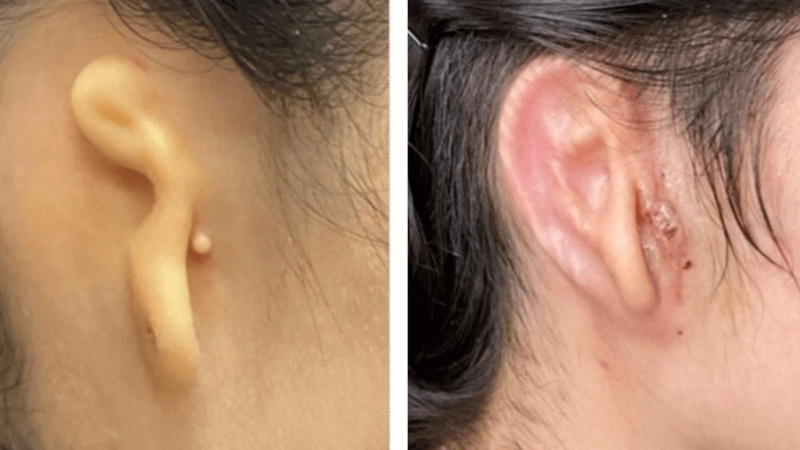A 20-year-old woman who was born with a small and misshapen right ear has received a 3-D printed ear implant made from her own cells, the manufacturer announced on [June 2]. Independent experts said that the transplant, part of the first clinical trial of a successful medical application of this technology, was a stunning advance in the field of tissue engineering.
The new ear was printed in a shape that precisely matched the woman’s left ear, according to 3DBio Therapeutics, a regenerative medicine company based in Queens. The new ear, transplanted in March, will continue to regenerate cartilage tissue, giving it the look and feel of a natural ear, the company said.
“It’s definitely a big deal,” said Adam Feinberg, a professor of biomedical engineering and materials science and engineering at Carnegie Mellon University. Dr. Feinberg, who is not affiliated with 3DBio, is a co-founder of FluidForm, a regenerative medicine company that also uses 3-D printing.
Companies have previously used 3-D printing technology to produce custom-fit prosthetic limbs made of plastic and lightweight metals. But the ear implant, made from a tiny glob of cells harvested from the woman’s misshapen ear, appears to be the first known example of a 3-D printed implant made of living tissues.































